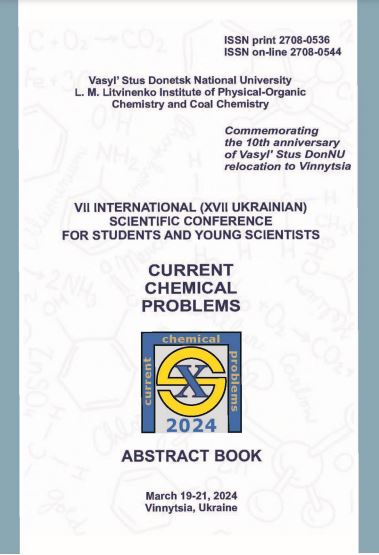Exploring aggregation-induced emission in zinc (II) coordination complexes
Abstract
Aggregation-Induced Emission (AIE) is a fascinating phenomenon in which certain molecules exhibit enhanced fluorescence emission when they aggregate or undergo molecular packing in a condensed phase, such as a solid or concentrated solution [1]. In this study, our focus lies in the investigation of AIE within the context of coordination complexes, specifically involving two ligands L1 and L2, as well as their zinc (II) complexes ZnL1 and ZnL2.
References
Ju Mei, Nelson L. C. Leung, Ryan T. K. Kwok, Jacky W. Y. Lam, and Ben Zhong Tang, Chem. Rev. 2015, 115(21), 11718.

